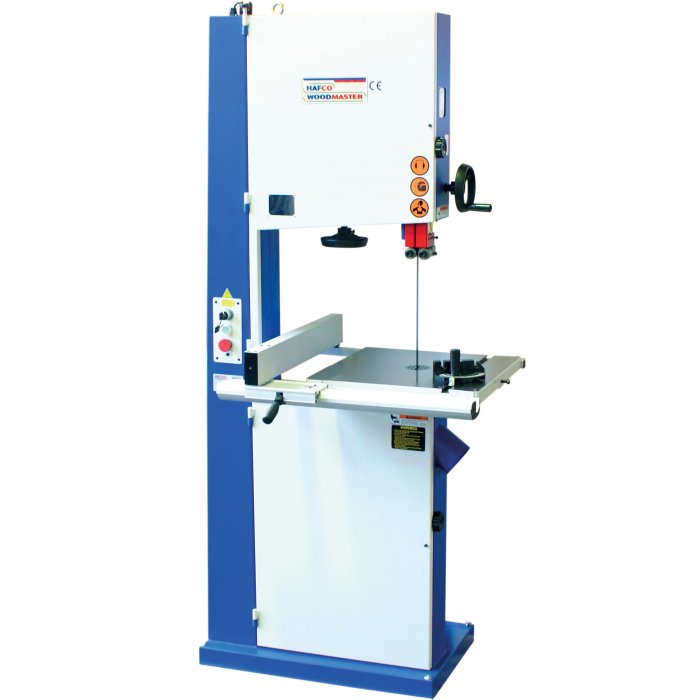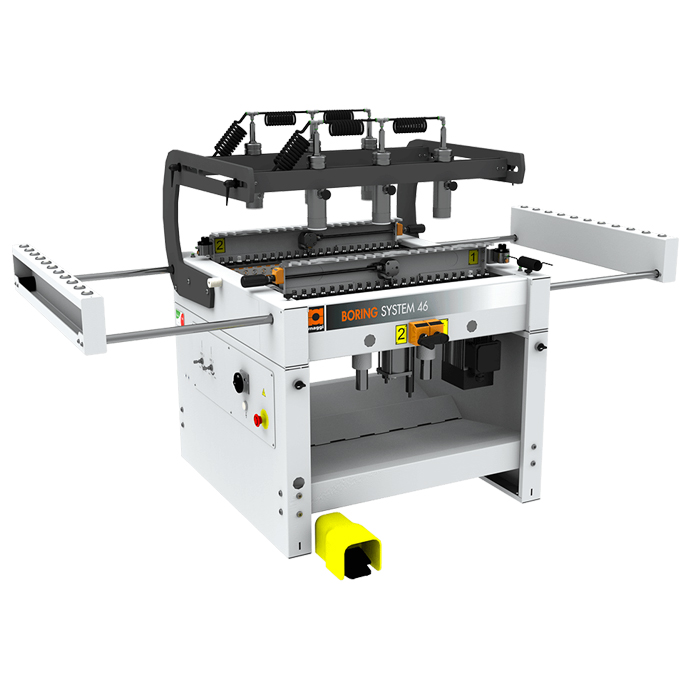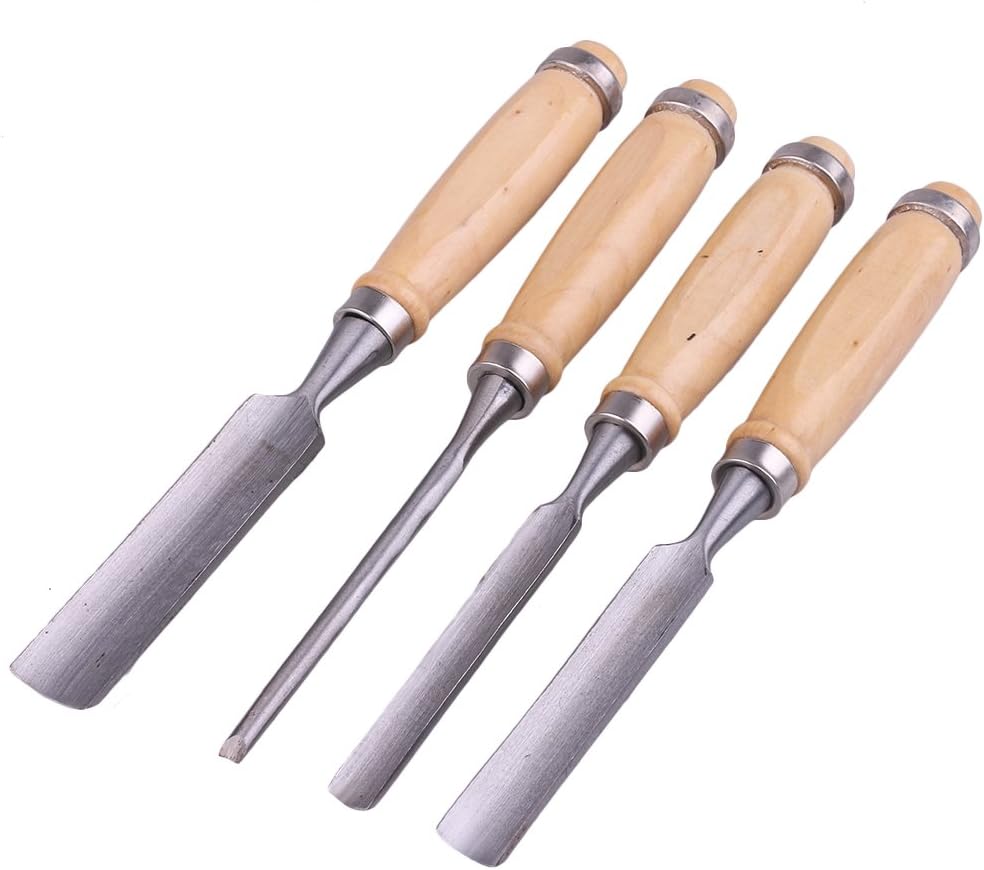The bandsaw is a versatile and essential carpentry tool, distinct from traditional table saws due to its ability to cut stock that may not be perfectly flat or straight. This feature is particularly advantageous for woodworkers dealing with warped, cupped, or irregularly shaped pieces. While the surface being cut must maintain contact with the table, the bandsaw accommodates boards that are not entirely uniform, allowing for greater flexibility in handling various types of lumber. One of the key benefits of using a bandsaw is the direction of force exerted by the blade. The blade’s downward cutting action means that wood can be fed through the machine freehand without the necessity for a straight edge. This capability makes the bandsaw ideal for straightening stock in preparation for subsequent machining processes, such as those performed with a table saw or jointer. By utilizing a bandsaw, woodworkers can achieve the necessary flatness and straightness required before further refining the material with other carpentry tools. Safety is a critical consideration when operating a bandsaw, especially when working with small pieces of wood. Although there is no minimum length for stock that can be machined on a bandsaw, it is crucial to guide smaller pieces properly to avoid the risk of running hands into the blade. Using push sticks or appropriate workholding devices is essential for maintaining control and safety during the cutting process. This practice not only protects the operator but also helps achieve cleaner cuts. Before cutting solid wood, it is vital to inspect it for foreign objects, such as staples or nails, that can dull the blade or pose safety hazards. Proper preparation of the material is essential; placing wood directly on the floor can lead to the accumulation of grit and debris, which may damage cutting tools.
Maintaining a clean workspace is important for both safety and the longevity of equipment. In addition to cutting solid wood, the bandsaw is also well-suited for processing composite materials such as MDF and plywood. With the right blade selection, it can handle a diverse range of materials, including metal, plastic, paper products, and more. This adaptability makes the bandsaw a valuable addition to any workshop, expanding the capabilities of carpentry tools and allowing for a wider variety of projects. To maximize the performance of a bandsaw, it is crucial to use blades specifically designed for the materials being cut. Different materials require different tooth configurations and blade materials to achieve optimal results. Understanding the appropriate blade for each task enhances the efficiency and quality of cuts, ensuring that woodworkers can achieve their desired outcomes. In conclusion, the bandsaw is an indispensable carpentry tool that enhances the versatility and efficiency of woodworking projects. Its ability to handle uneven stock and various materials makes it a go-to machine for many woodworkers. By incorporating a bandsaw into their toolkit, craftsmen can streamline their workflow and achieve precise cuts that lay the groundwork for high-quality finished products. Emphasizing safety, proper maintenance, and appropriate blade selection will ensure that the bandsaw remains a reliable and effective tool in any woodworking endeavor.
 teknowfeed
teknowfeed


